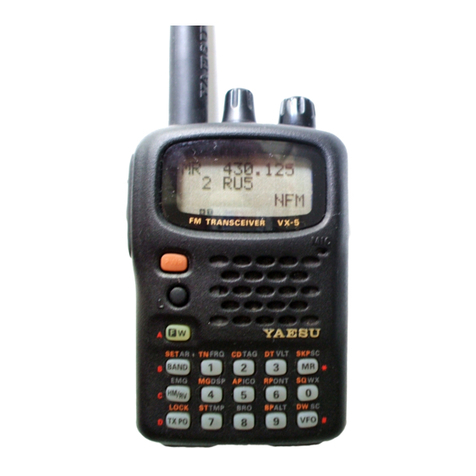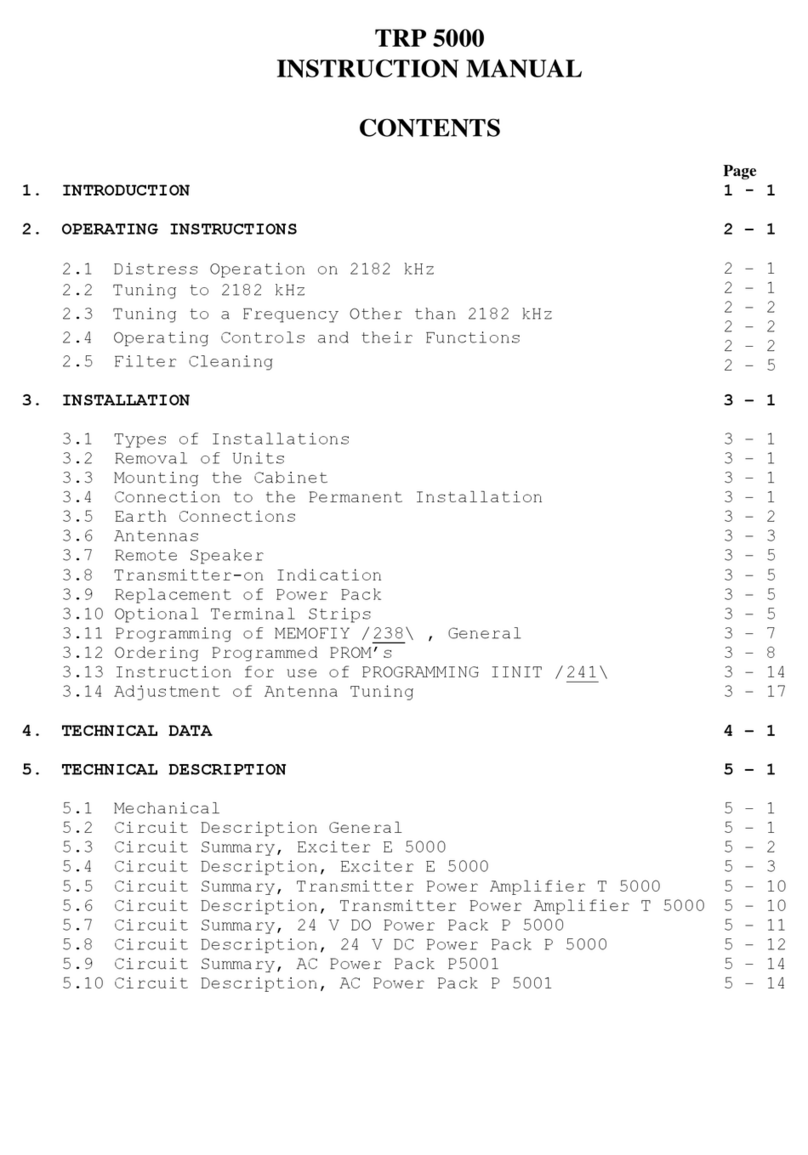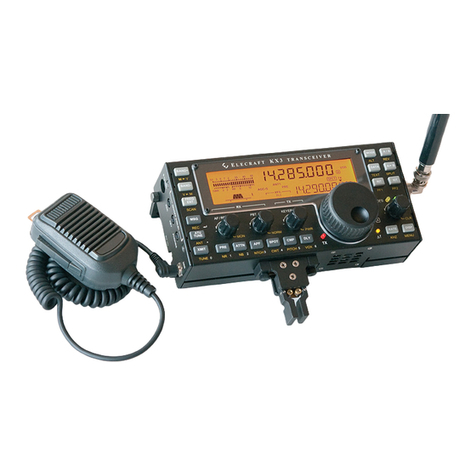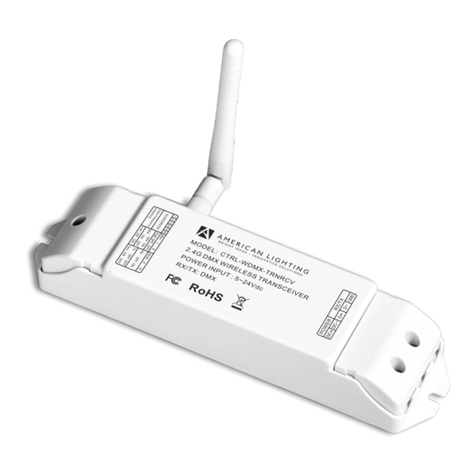Vertex FTL-1011 User manual
Other Vertex Transceiver manuals

Vertex
Vertex FTL-1014 User manual
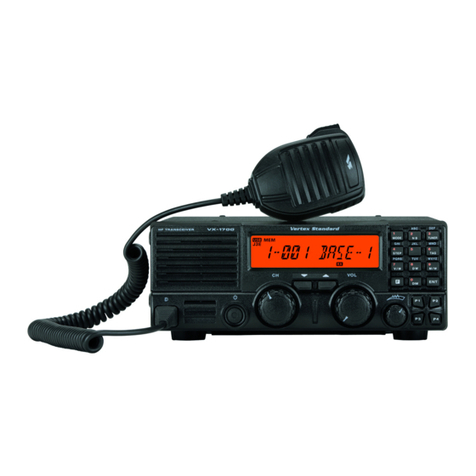
Vertex
Vertex VX-1700 User manual
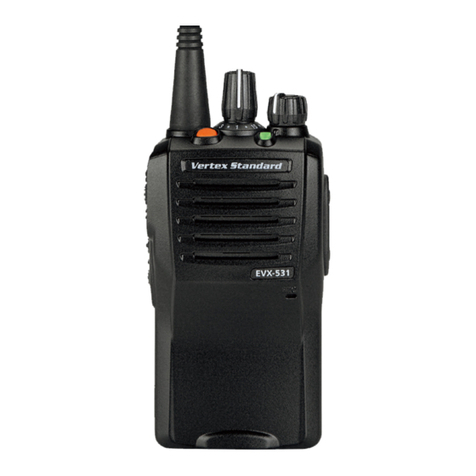
Vertex
Vertex EVX-531 User manual
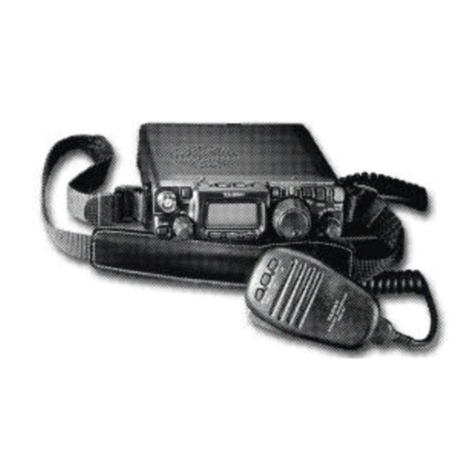
Vertex
Vertex FT-817 Manual
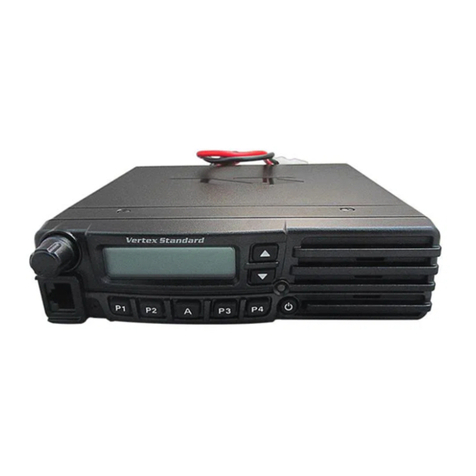
Vertex
Vertex VX-7200 User manual
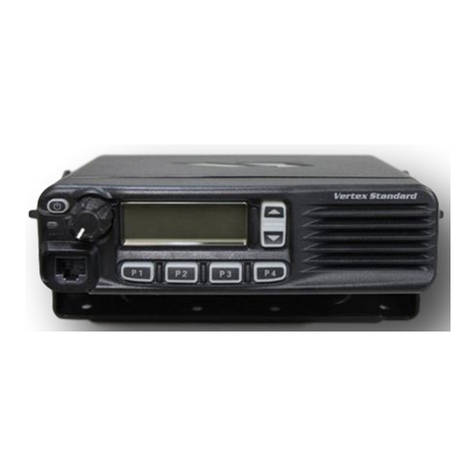
Vertex
Vertex VX-4500 Series User manual
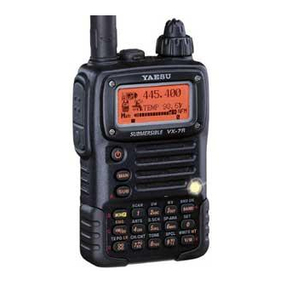
Vertex
Vertex VX-7R Manual
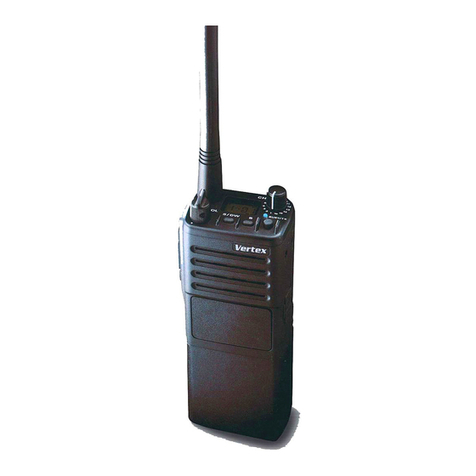
Vertex
Vertex VX-510 User manual
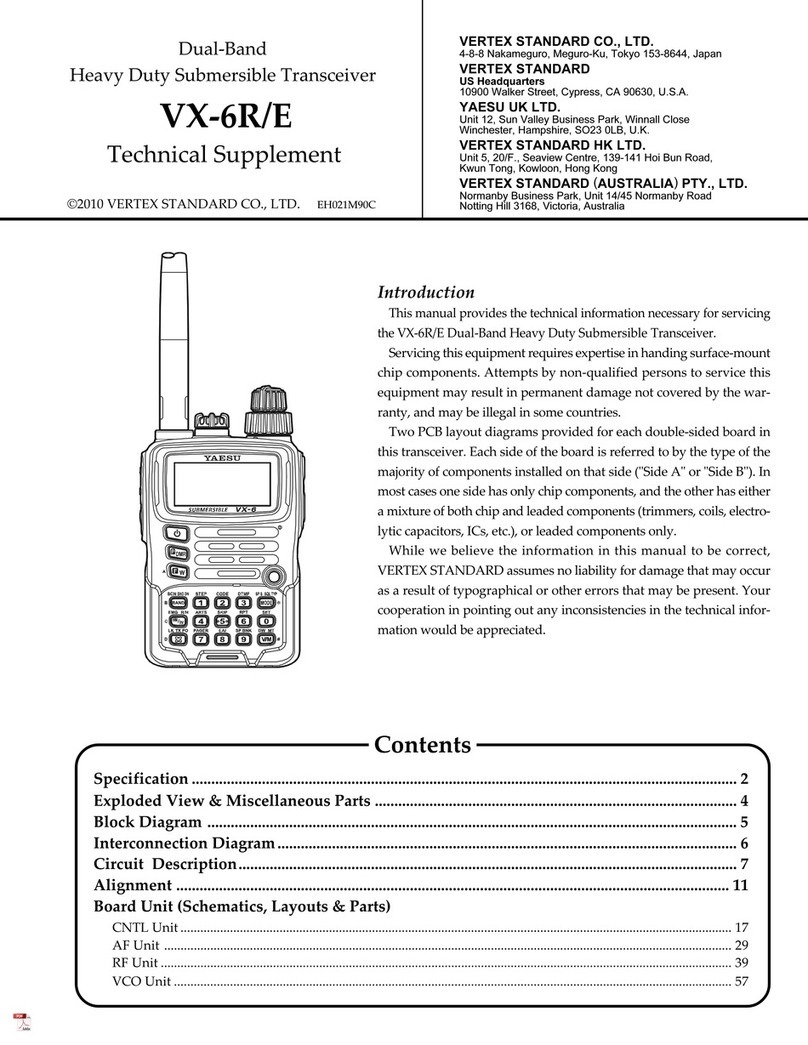
Vertex
Vertex VX-6E Manual
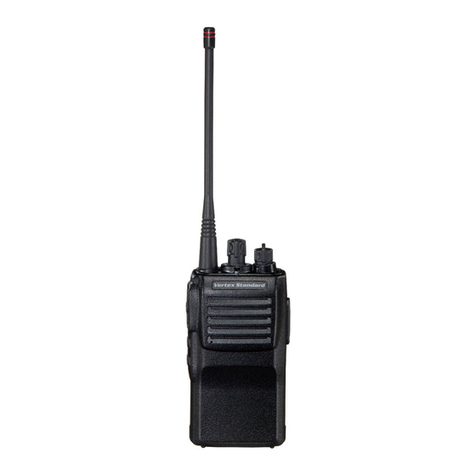
Vertex
Vertex VX-410 series User manual
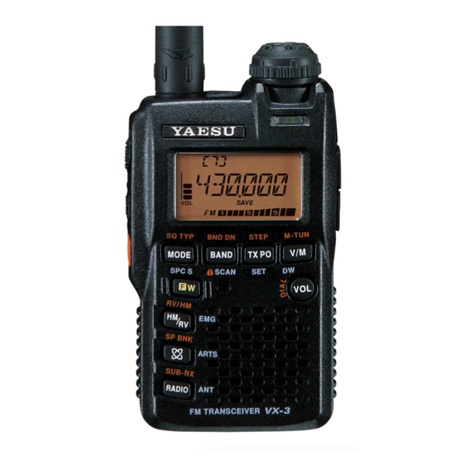
Vertex
Vertex VX-3R/E Manual
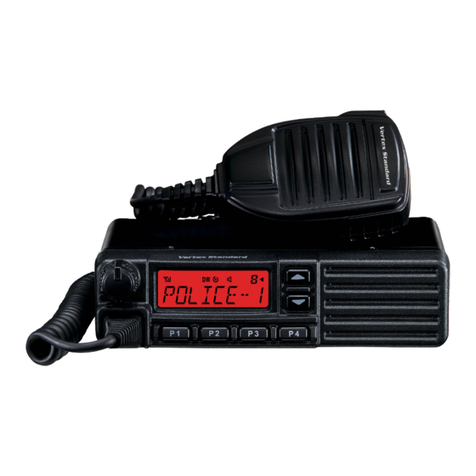
Vertex
Vertex VX-2100 series User manual
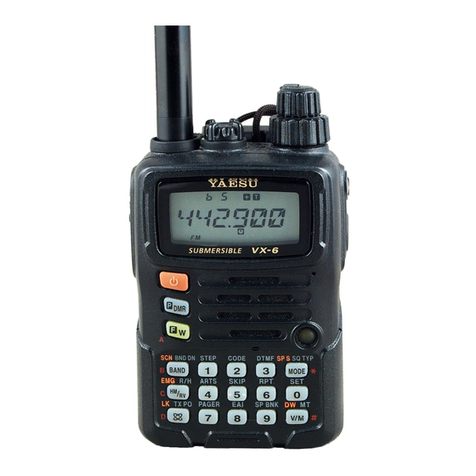
Vertex
Vertex VX-6R Manual
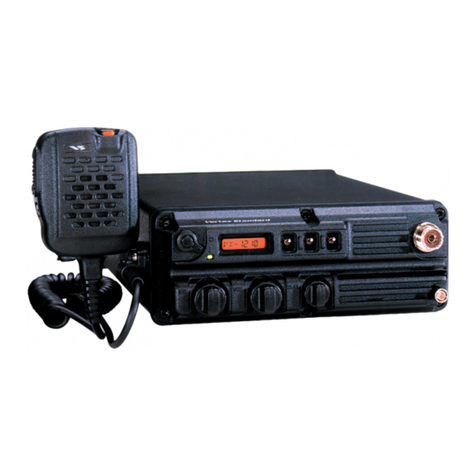
Vertex
Vertex VX-1210 User manual

Vertex
Vertex VX-8GR Manual
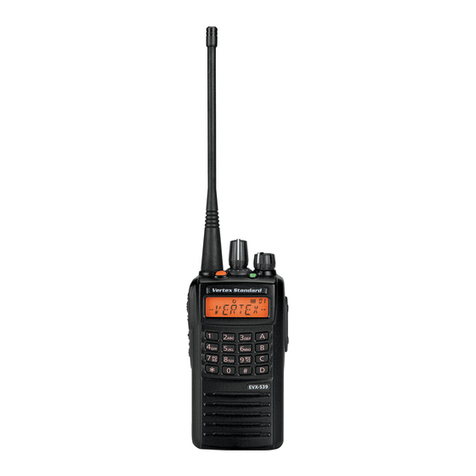
Vertex
Vertex evx-534 User manual
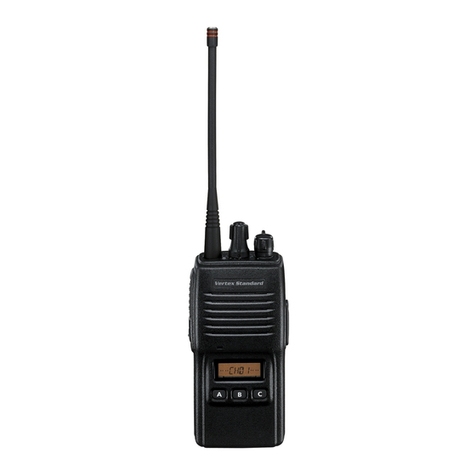
Vertex
Vertex VX-160EU User manual
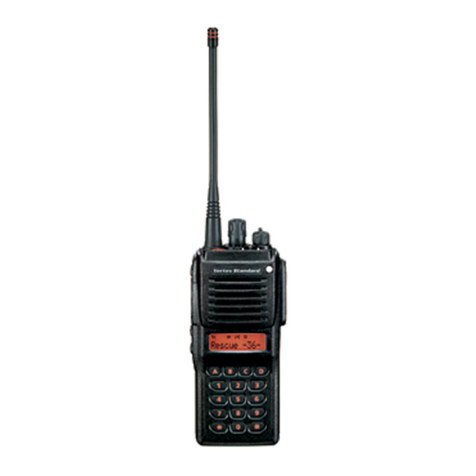
Vertex
Vertex VX-920 Series User manual
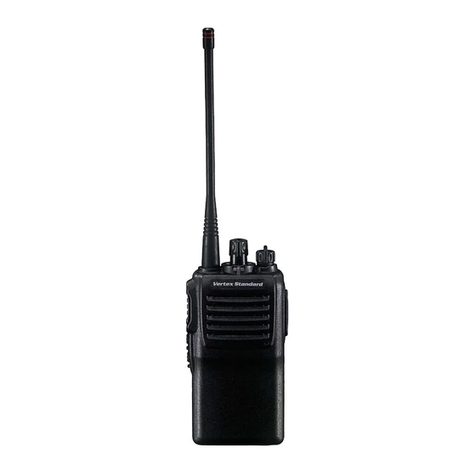
Vertex
Vertex VX-230 Series User manual
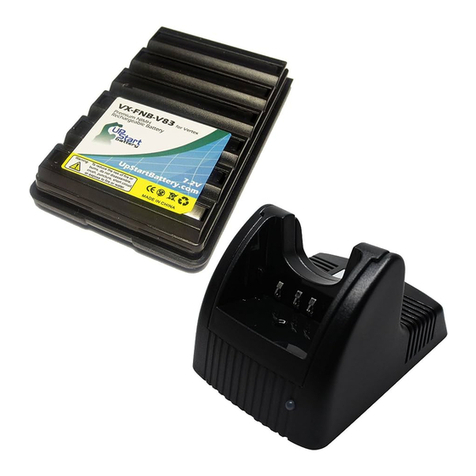
Vertex
Vertex HX370S User manual
Popular Transceiver manuals by other brands

Kenwood
Kenwood ProTalk TK-3201 instruction manual

City Theatrical
City Theatrical SHoW DMX SHoW Baby user manual

Standart Horizont
Standart Horizont HX407 owner's manual

B&G
B&G V90S quick start guide

VictelGlobal
VictelGlobal ALK300 series Operation manual
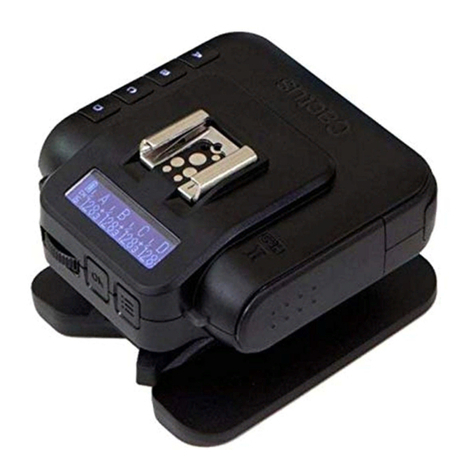
Cactus
Cactus Wireless Flash Transceiver V6 user manual

